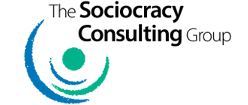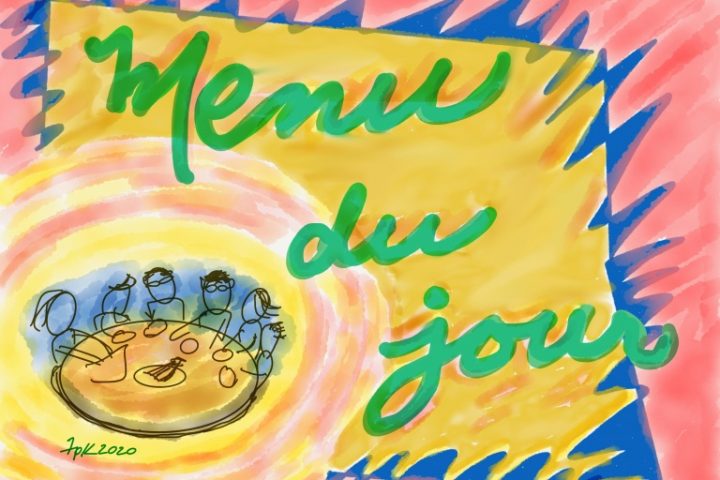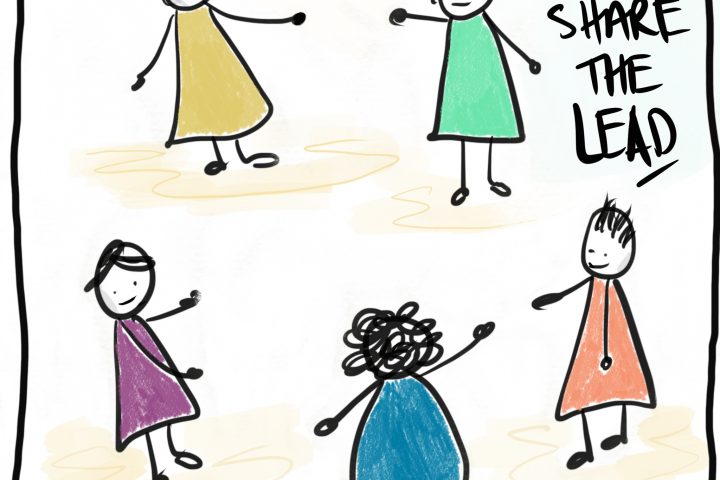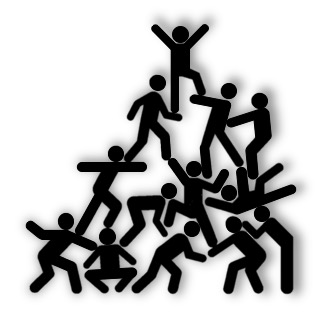 The structure of a top-down organization, standard during the industrial age, ill-suits a world with fast-paced change. An alternative is the Sociocratic Circle Method, a whole-systems approach to decision-making, governance, and project management. It creates more inclusive, resilient, and effective organizations where all stakeholders have a voice in the policies that affect their work.
The structure of a top-down organization, standard during the industrial age, ill-suits a world with fast-paced change. An alternative is the Sociocratic Circle Method, a whole-systems approach to decision-making, governance, and project management. It creates more inclusive, resilient, and effective organizations where all stakeholders have a voice in the policies that affect their work.
This is the first in a three-part series.
The structure of a top-down, command-and-control organization was standard during the industrial age. This approach has many pitfalls for us in an age of rapid technological innovation and ever-increasing amounts and sources of information (Responsive Manifesto, see Sources). Some organizations have attempted alternate structures, with varying levels of success. The top-down structure has staying power because most of us grew up with it so it is familiar, and also because it offers advantages for efficiency and accountability. Some of the attempts at alternatives have led to flat structures. Those can lack a place for leadership, which is important for efficiency and accountability. The method we describe here, the Sociocratic Circle Method (SCM), preserves the benefits of both types of structure: strong leadership and collaborative decision-making.
accountability. Some of the attempts at alternatives have led to flat structures. Those can lack a place for leadership, which is important for efficiency and accountability. The method we describe here, the Sociocratic Circle Method (SCM), preserves the benefits of both types of structure: strong leadership and collaborative decision-making.
Pitfall #1. Communication goes one-way.
Jane, the head of her company, tells Fred, a direct report, what to do on a project to be completed. He then tells Francesca, who reports to him. She has to carry out the order and make it work. Figure 1 represents this conventional structure.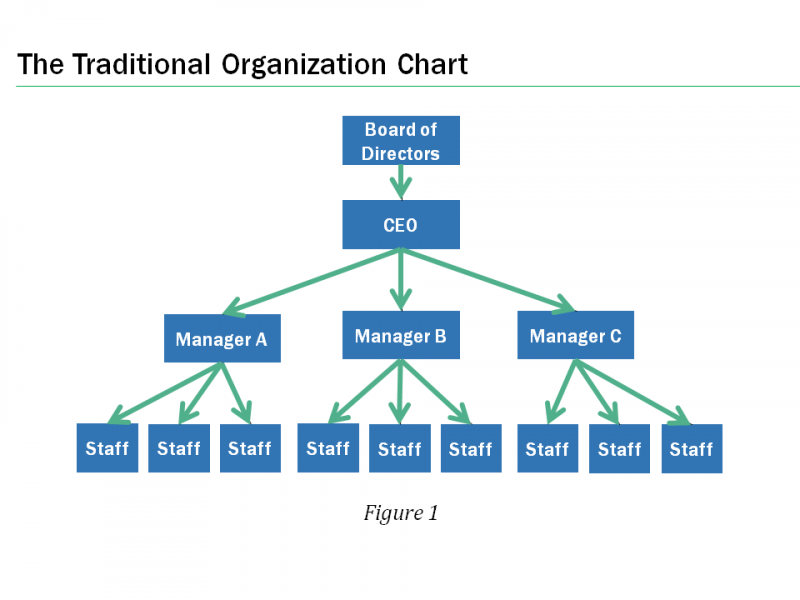 For a straightforward job and predictable conditions, this can be an efficient way to get work done. But what happens when Francesca knows in advance that the job will take three times as long as was budgeted, or that the results will conflict with other processes the company is using? Or the job proceeds as planned and within two weeks Francesca notices an unforeseen consequence that could sabotage the organization’s goals? How does the organization shift course?
For a straightforward job and predictable conditions, this can be an efficient way to get work done. But what happens when Francesca knows in advance that the job will take three times as long as was budgeted, or that the results will conflict with other processes the company is using? Or the job proceeds as planned and within two weeks Francesca notices an unforeseen consequence that could sabotage the organization’s goals? How does the organization shift course?
Gerard Endenburg faced this dilemma when he became CEO of Endenburg Electrotechniek, an electrical engineering company in Rotterdam, Netherlands. He looked at the traditional organization chart and thought, “I am an electrical engineer. I know about power systems. I would never design a power system this way. There is no feedback, so you can’t steer it.” That dilemma led him to develop the SCM beginning in the early 1970’s.
Pitfall #2. The person who makes the decisions creates a bottleneck.
 Back to that example above. Suppose Francesca knows of difficulties at the outset of the project, and passes the word up through channels to Jane. But what if Fred misrepresents Francesca’s ideas, or Jane is overloaded with information and decisions that day and doesn’t listen? Or if Jane has less technical expertise than she realizes and doesn’t know how to work with the new information? Distributed leadership helps avoid both pitfalls #1 and #2. Distributed leadership pushes decisions out to where the work is done, so that the people doing the work decide how to do it.
Back to that example above. Suppose Francesca knows of difficulties at the outset of the project, and passes the word up through channels to Jane. But what if Fred misrepresents Francesca’s ideas, or Jane is overloaded with information and decisions that day and doesn’t listen? Or if Jane has less technical expertise than she realizes and doesn’t know how to work with the new information? Distributed leadership helps avoid both pitfalls #1 and #2. Distributed leadership pushes decisions out to where the work is done, so that the people doing the work decide how to do it.
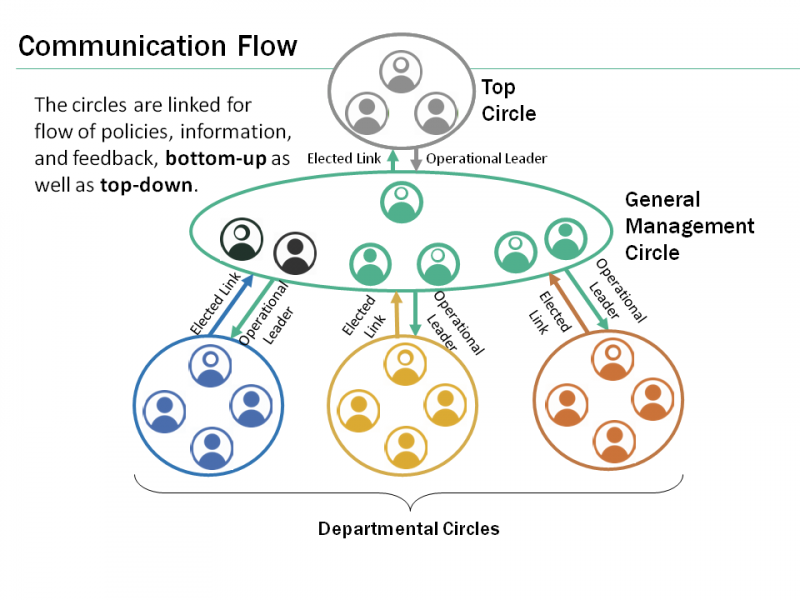 Figure 2. In the SCM, small groups of members called circles, with distinct aims and domains, have authority for policy decisions. Each circle connects to the next “higher” circle by two people – an operational leader, and an elected link or delegate chosen by the “lower” circle – who are full members of both circles. This double linking is unique to the SCM and systems based on the SCM. It links the circles for flow of policies, information, and feedback, bottom-up and top-down. This figure shows three organizational levels. Departmental circles may have sub-circles; the number of circles and levels depends on the size and complexity of the organization. Additional circles can include other stakeholders such as customers, suppliers, partners, investors, or community members.
Figure 2. In the SCM, small groups of members called circles, with distinct aims and domains, have authority for policy decisions. Each circle connects to the next “higher” circle by two people – an operational leader, and an elected link or delegate chosen by the “lower” circle – who are full members of both circles. This double linking is unique to the SCM and systems based on the SCM. It links the circles for flow of policies, information, and feedback, bottom-up and top-down. This figure shows three organizational levels. Departmental circles may have sub-circles; the number of circles and levels depends on the size and complexity of the organization. Additional circles can include other stakeholders such as customers, suppliers, partners, investors, or community members.
In the SCM, each group of people who work together meets periodically for a circle meeting, where they set policy to guide their work and day-to-day operational decisions. In those meetings, the people meet as equals, setting aside whatever operational hierarchy they have – more about that shortly.
The challenge then is coordinating the work of groups in various parts of the organization. Otherwise the organization trades top-down control for potential chaos. The solution is to have both top-down and bottom-up communication. Figure 2 shows a possible circle structure that corresponds to the linear structure in Figure 1.
Allowing people to make policy decisions that govern their own work, with double-linking between circles, takes care of aspects of pitfalls #1 and #2.
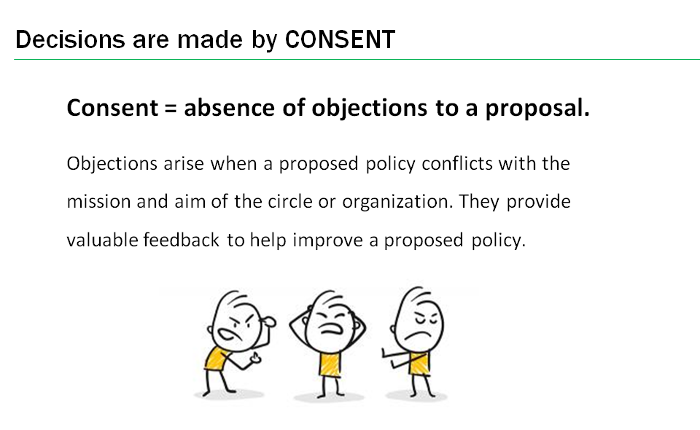
Let’s also look at the decision-making method that the circles use. We want to ensure everyone has a voice – otherwise Francesca’s voice can still be ignored. In the SCM we use consent for policy decisions, including to set strategy and to select people for roles; see Figure 3.
Additionally, avoiding the bottleneck of solely top-down decision-making is supported by having information and communication in the organization being transparent, where people in all circles can see the meeting minutes. Jan Carlson, former head of Scandinavian Airlines and a pioneer in customer service, said, “An individual without information cannot take responsibility, but an individual who is given information cannot help but take responsibility” (Willett, 1999).
“When I was an enlisted man in the Navy, I wondered why the officers didn’t listen to our good ideas. When I became an officer, I wondered why I could never get the enlisted men to tell me what they were thinking. I tell you from experience that sociocracy solves this problem from both ends.”
– Richard Heitfield, President, Creative Urethanes, Inc., Winchester, VA, using sociocracy since the 1980’s
This post is an excerpt from a full white paper on this topic. This part of “5 Pitfalls of a Top-Down Hierarchy and What to Do About Them” describes how one-way communication reduces effectiveness and works against natural laws in flow of power. It also describes the benefits of pushing decisions out to those doing the work, avoiding the pitfall of a communications bottleneck. Parts 2 and 3 will describe further pitfalls: #3, Management and workers become adversaries; #4, Workers disengage; and #5, The organization loses sources of information and creativity.
Thanks to Sharon Villines and Erin Young for editing assistance with this series.
Sources
- Carol Willett, 1999, “Knowledge Sharing Shifts the Power Paradigm.” In Mark Maybury, Daryl Morey, Bhavani Thuraisingham (Eds.). Knowledge Management: Classic and Contemporary Works. Cambridge, MA: Massachusetts Institute of Technology Press. Quoted in Margaret J. Wheatley, 2006, Leadership and the New Science: Discovering Order in a Chaotic World, 3rd edition. Oakland, CA: Berrett-Koehler Publishers, p. 107.
- Responsive Manifesto, https://www.responsive.org/manifesto/.
 Sheella Mierson, Ph.D., a founding member of The Sociocracy Consulting Group, consults with organizations to clarify business objectives and create adaptive structures and processes to achieve them. To find out more about how your organization can benefit, contact us for a free consultation.
Sheella Mierson, Ph.D., a founding member of The Sociocracy Consulting Group, consults with organizations to clarify business objectives and create adaptive structures and processes to achieve them. To find out more about how your organization can benefit, contact us for a free consultation.
